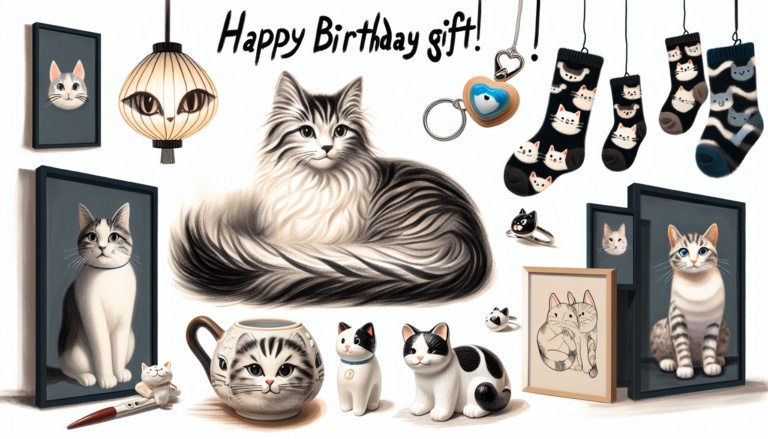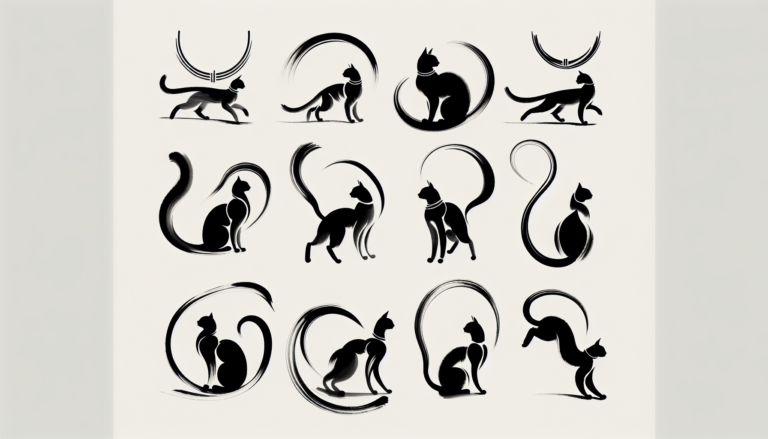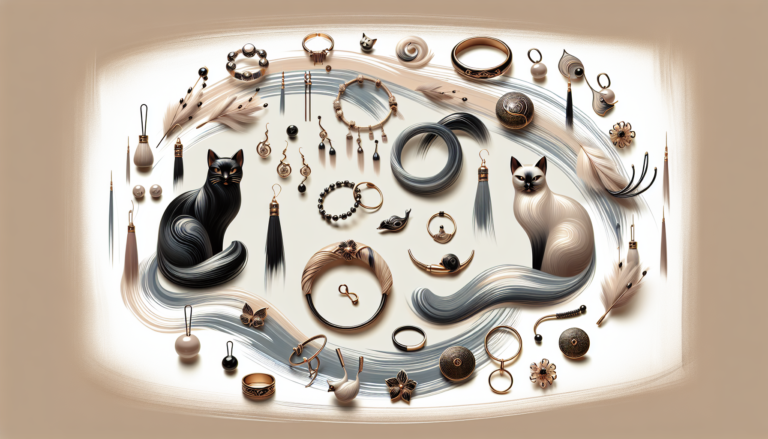Cats Crying: The Secrets Behind Feline Whimpers
Understanding the phenomenon of cats crying can be both intriguing and essential for any feline enthusiast. At Cat Karma Creations, we believe that deciphering these mysterious vocalizations is key to ensuring our furry companions’ well-being. Whether it’s a plea for attention or an indicator of discomfort, knowing why cats cry can enhance our bond with them.
Cats Crying: Common Triggers
Attention Appeals
Cats often use crying as a way to communicate their need for engagement or affection. These sociable creatures sometimes need a little extra love or playtime. If your cat is meowing persistently and shadowing you, it might be their way of requesting some ‘us’ time, a tasty treat, or even a good petting session.
To mitigate this, consider engaging in positive reinforcement techniques. When your cat behaves calmly or engages in serene activities, reward them. Scheduling interactive play and feeding routines can significantly decrease incessant meowing.
Indication of Physical Discomfort
A key reason for a cat’s cry can be their experience of lingering pain. Crying, accompanied by a curled-up posture or an unwillingness to move, might suggest medical discomfort. The culprits often include injuries, infections, or dental issues.
If these signs are evident, a visit to the vet is crucial. Professional intervention ensures the right treatment—be it medication or other solutions.
Emotional Upset and Anxiety
Stress and fear can also lead to cats crying. Events causing emotional upheaval, like loneliness or changes in their environment, trigger anxiety. A cat in such distress might show it through excessive vocalization or behaviors like avoiding interaction.
To provide relief, cultivate a haven of safety at home. Utilize stress reduction aids and ensure your pet has abundant safe and secluded areas. Keeping their minds busy with regular activities also alleviates emotional strain.
Hunger Strikes
When appetites aren’t satisfied, cats will let you know through persistent cries, particularly if mealtime changes. Unstable schedules can puzzle your feline friend.
To tackle this, create a daily feeding timetable. Introducing automatic feeders might help adhere to consistent times. Additionally, a puzzle feeder can make meal times more engaging.
Cries from Boredom
One significant factor why cats crying occurs could be boredom. Cats with insufficient mental and physical exercises tend to vocalize their restlessness.
Stimulate their day with varied toys, climbing spaces, and playful interaction. Periodically renew toy options to keep your pet intrigued, and set up a window perch for outdoor gazing activities.
Managing Cats Crying: Tips and Solutions
Use Gentle Guidance
Employing rewards and training will help manage a crying cat. Your pet should get treats, praise, or playtime for maintaining calmness. Establish boundaries with positive reinforcement practices.
Consistency is crucial. Be steady in your approach to teaching limits while avoiding negative punishment tactics that could heighten anxiety.
Crafting a Serene Space
A comforting environment for a cat equates to minimized stress-related crying. Tailor a quiet space where they can retreat. Calming pheromones can also soothe nerves if needed.
Stick to regular patterns—for feeding, playtime, and relaxation—to establish a sense of security and predictability.
Health Checkups: A Must
Routine visits to the vet are paramount for detecting underlying causes when a cat cries incompatible with their character. Intervening early with appropriate care reduces scenarios needing complicated medical attention.
Annual examinations and alert discussions with your veterinarian at the slightest concerns ensure continuing healthiness.
Instigate Routines
Keeping your cat’s schedule consistent—from their meals to play—offers security, reducing meowing linked to anxiety.
Set clear limits and provide quiet retreats to promote calmness. Routine paired with calming aids fosters certainty.
When to Consult a Vet
Ongoing Crying fits
Prolonged bouts of crying could indicate a problem. If vocalizing coincides with physical signs of distress or doesn’t diminish with home efforts, consulting a vet becomes necessary.
Professional evaluation ensures accurate diagnosis and tailored treatments, managing both health and comfort.
Unusual Behavioral Changes
An abrupt uptick in crying coupled with behavioral shifts like altered eating habits, unusual activity levels, or litter issues flags potential concerns.
Monitoring and sharing changes with your veterinarian permits thorough analysis and proactive care measures.
Concerning Physical Signs
Alarming symptoms such as lethargy, digestive upset, or respiratory distress alongside crying warrant immediate veterinary visitation. Such symptoms can signify acute medical needs.
Rapid expert attention helps manage critical cases effectively, ensuring swift recovery and wellbeing.
Critical Emergencies
If crying signals severe pain, breath difficulties, or other acute conditions, prompt emergency veterinary services are vital. Such circumstances call for timely intervention to stabilize your pet.
In emergencies, contact your vet or animal hospital instantly for guided assistance.
Final Thoughts on Cats Crying
Comprehending why cats cry ensures well-maintained feline health and happiness. By identifying signs and addressing their needs accordingly, you foster enduring trust and companionship.
Always prioritize professional advice when uncertainties arise in understanding your cat’s behaviors. It leads to optimal care and affection provision.
At Cat Karma Creations, we cater to the needs of cat lovers with our unique selections. Delve into our assortment of cat-themed jewelry and nature-inspired pieces.
For further inquiries or special orders, reach out to us via [email protected] or by calling (800) 343-1604.



